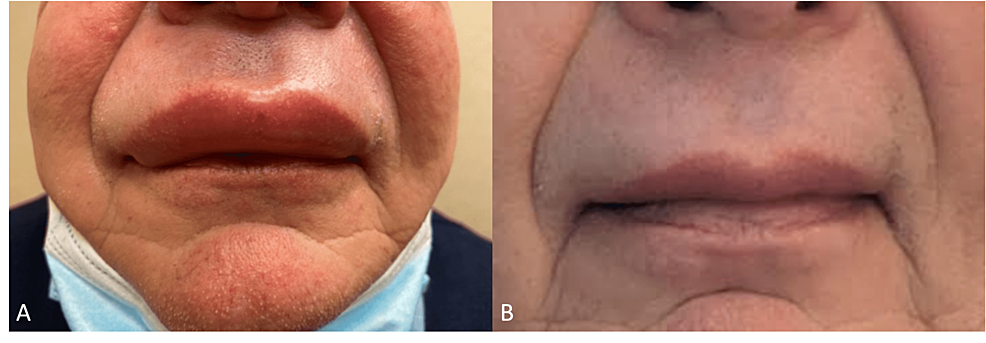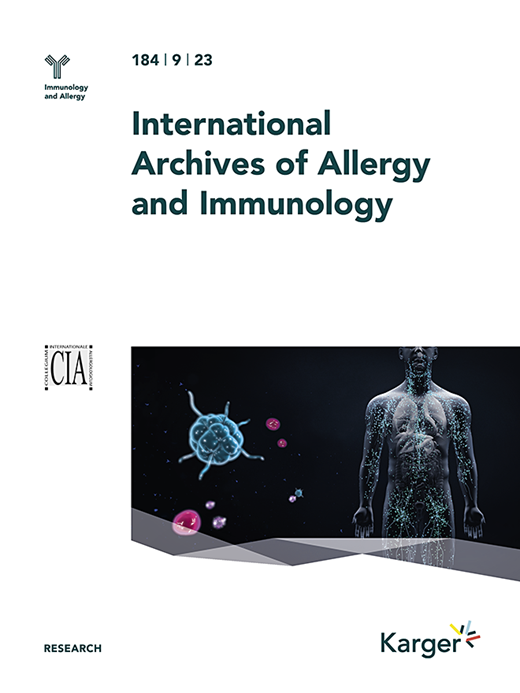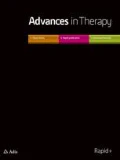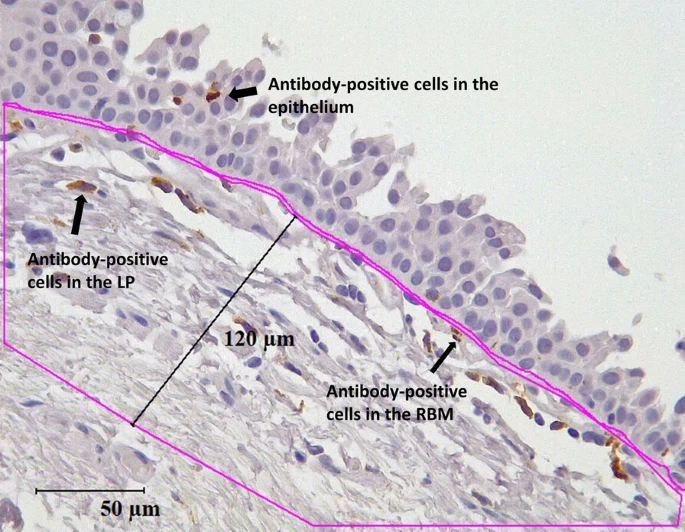Kochvar A P, Cobb G, Bernabe C C, et al. Cureus 15(8): e43841. doi:10.7759/cureus.43841
Abstract
Acquired angioedema (AAE) is a rare disease with life-threatening complications. This pathology has classically been associated with medication use and B cell lymphoproliferative disorders. In this report, we describe a 61-year-old man with a six-year history of angioedema, unrelated to any known triggers or malignancy. Extensive workup has led to a diagnosis of idiopathic nonhistaminergic AAE with normal C1 inhibitor. The patient is currently being treated with lanadelumab, which has resolved the patient’s symptoms. This case provides insight into the onset, exploration, treatment, and outcomes of an extremely rare disease process.










